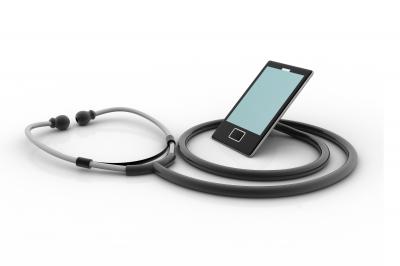
Seattle, the home of innovative companies such as Starbuck’s, Microsoft and Amazon, played host to America’s Health Insurance Plans Institute 2014 Plus last month. The key themes of the conference largely catering to health insurance executives were innovation, customization, and technology.
The ACA implementation and its tidal effects on U.S. health care were intrinsic to nearly every presentation, as was the importance of motivational tools and strategies.
I was lucky enough to be sipping cappuccinos in Seattle that week, so I decided to spend a day learning about the impacts of technology and policy on America’s insurers in 2014, and came away with these top 5 messages from movers and shakers in the world.
#1 He Who Dares Wins
Former and current executives from REI, Trader Joe’s and Nordstrom shared their experiences in companies that thrive despite huge disruptions due to technology. And it is all thanks to their willingness to innovate despite failures, they said.
Wisely harnessing technology is one way insurers can expect to shine and help their bottom line, the retail executives said, and they were right. To give an example, I just got notice from my Blue Cross Blue Shield plan that I can now attend online doctors visits at a discounted price from an in-office visit.
Helping my bottom line, their bottom line, and making a visit more convenient? That sounds like a winning strategy to me.
#2 Culture is the Essential Ingredient
One humorous moment was when AHIP chairman Mark Ganz said “We’re not just corporate guys, we’re consumers!” That alone gave me a chuckle, since corporate and consumer aren’t usually terms at odds with each other. But better yet was when, just a few minutes later, Trader Joe’s former president Doug Rauch admonished the audience not to use the term consumer and instead use “customer.”
I never thought much about the term “customer” until Rauch explained himself.
“It’s one way to humanize your members,” Rauch said, adding that the language used reflects the attitude and culture of the company. He pressed the audience to refrain from using the word “consumer” for patients that, he said, indicates a passive group and instead use “customer,” which points to the willingness of the company to customize products for an individual.
With that, Rauch showed a slide to illustrate his point: a bowl of yogurt with the heading: “Culture is the essential ingredient.”
#3 Money Talks
Humana’s Wellness Communications Outcomes Strategist Matthew Bowdy, Fitbit Wellness Director Amy McDonough, and Inovalon CEO Keith Dunleavy highlighted the importance of managing big data and providing intuitive behavior modification tools to support patient engagement and wellness. Bowdy described Humana’s Vitality (an add-on option on commercial health plans), with the argument that wellness has an ROI higher than most spreadsheets can determine. He highlighted largely ignored or difficult to calculate losses such as reduced productivity due to absenteeism or poor health (coined “presenteeism”). These indirect costs, Bowdy said, account for a whopping 75% of the total cost of a disease.
The way Vitality works is it tracks wellness activities with devices, and rewards success with financial incentives.
#4 Talk to Me
Another feature of Humana’s Vitality is it manages failures with a “culture of engagement” providing calls from a health coach when, say, you’ve missed too many workouts.
According to Humana’s research, even a general awareness of the Vitality program improves health outcomes, giving engagement alone an ROI, Bowdy said.
“That engagement goes to the heart of ROI,” Bowdy said, adding that two yearlong case studies by Humana showed a reduction in patient costs, regardless of their pre-existing conditions.
#5 He Who Dies with the Most Toys Does Not Win
Despite the glut of technological solutions to manage the big data era, Nordstrom Inc. CFO Koppel who just launched Nordstromrack.com recently, warned against focusing too much on technology as a cure all.
“Don’t get wrapped up in trends,” he said, adding that the solution to today’s health care challenges is deeper than the “bells and whistles.”

